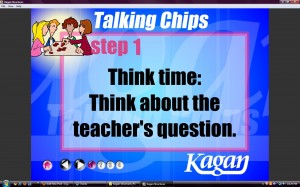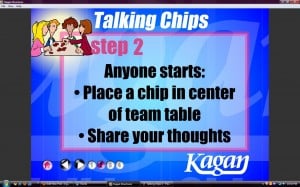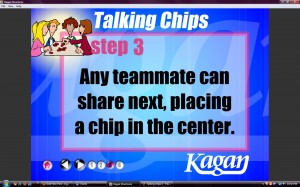Kagan Cooperative Learning
In the summer holidays I attended a conference and was lucky to attend 3 workshops run by Laurie and Spencer Kagan. The Kagan’s have revolutionised the idea of Cooperative Learning, Something I believed I was doing well, until their workshops!
Yes I was using cooperative learning strategies to some extent, in a random manner. ‘ Turn to the person next to you and share your ideas’, ‘Find a partner and work together’, ‘Tell your group’ were common phrases I was using. The Kagan’s strategies for cooperative learning (or ‘structures’ as they call them) are nothing new, good teachers have been using them in one way or another for years. But their structures are presented to the class in an explicit way, teaching the strategy from start to finish.
Each structure has been designed for maximum classroom participation at all times. This removes the situation of the smarter or more outspoken students dominating group time by speaking too much or doing all the work. Roles, responses and tasks are demonstrated before each structure is carried out.
One of the structures I have used this year is Talking Chips.
Here are the 4 steps that you explicitly teach the students. These slides come from the DVD.
I bought two packets of poker chips from the $2 shop. I found you needed to teach the children not to ‘play’ with the chips, there was a lot of tapping and spinning of the chips the first time we did Talking Chips. We did it for some brainstorming activities in Literacy and History lessons. After reading a text we did talking chips for naming all the characters, and for our topic on The Australian Gold Rush we did it naming miners’ equipment. At this stage I am using talking chips as a way to recall knowledge. I have been using other Kagan Structures for the sharing of ideas.
It was very successful, due to the novelty of using the poker chips. I have found that if I overuse the Kagan Structures for Cooperative Learning that the kids tend to get over it, so it’s been useful rotating a few each fortnight. I am looking forward to implementing more structures soon!













